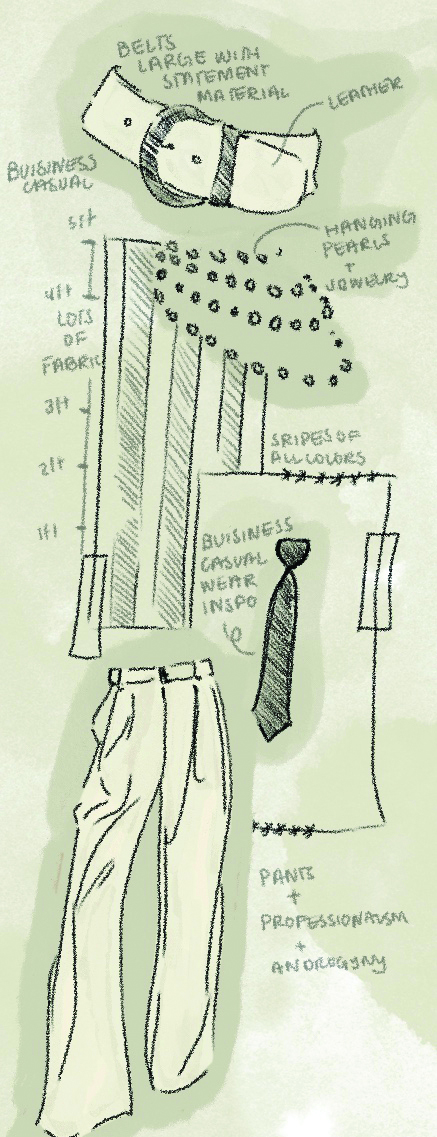The Daily Telegraph ran the headline: “Long-term use of mobile phones ‘may be linked to cancer’,” Oct. 24, 2009. Six weeks later, the same paper printed: “No rise in cancer from mobile phones.”
The subject of both articles was the Interphone study, the largest worldwide study of cell phones and brain cancer, which the Telegraph said would be released by the end of last year.
Three months later, the study is unpublished, the confusion about cell phones and brain cancer remains, and reporters continue to write about possible links, from cell phones being particularly harmful to children to cell phones preventing Alzheimer’s disease.
CONFLICTING INTERPHONE RESULTS
The Interphone study, which combines research of populations across 13 countries from Europe to Japan, was started in 2000 to examine the possible connection between the radiofrequency radiation of cell phones and brain tumors.
Results from a number of countries have been released over the years starting in 2004. Early results consistently showed that cell phone use for fewer than 10 years hasn’t created a significantly increased risk of tumors. However, scientists, cell phone companies and consumers have been awaiting the most recent, and more controversial, results that report on the impact of using cell phones for more than 10 years.
Though the complete study has yet to be published, 60-70 percent of the results have been released individually by the countries involved, Interphone researcher Joachim Schüz of Denmark said in an email. However, most of that data has been about shorter term use.
So far, the results regarding cell phone use for fewer than 10 years are fairly consistent. Most national studies, such as Japan’s and Germany’s, showed that regular cellular phone users, in the shorter term, have no consistent increased risk for glioma, meningioma and acoustic neurinoma, three types of brain tumors that lead to brain cancer.
What the study will ultimately say about long term use has been less clear. Many of the studies drew different results based on the different types of brain tumors.
For example, one of the Interphone studies, which combined data from Denmark, Finland, Norway, Sweden and part of UK, led by M.J. Schoemaker, showed a significantly increased risk of acoustic neurinoma in long-term users. Data from Germany showed the same results for glioma. However, the individual study that Schüz worked on, also based in Scandinavia but led by Isabelle Deltour, found “no sharp rise” in glioma or meningioma. Not every study looks at all the major tumor types.
All results, short term and long term, still need confirmation.
For instance, according to the press release from the International Agency for Research on Cancer (IARC), which coordinated Interphone, said that because of the small number of long-term users in individual countries, more data is necessary to verify any statistically significant trend.
Even regarding short-term use, the IARC has conducted validation studies that found users in the study may have under-estimated or over-estimated their cell phone use, making results less accurate.
Science instructor Elizabeth Ashforth, who’s had years of experience working in oncology, specifically in brain cancer, said that the problem with the study is understandable.
“Subjects know they’re in a phone study related to a certain disease, and sometimes they can be overly helpful,” Ashforth said. “When subjects recall something historically, they can be very subjective.”
OTHER STUDIES DISPUTE INTERPHONE
Though the Interphone Study is the most comprehensive yet, there are many other studies across the globe.
One of those, conducted by Lennart Hardell, a Swedish professor in oncology and cancer epidemiology, and Bruce Hocking, an Australian consultant in occupational medicine, shows a correlation between cell or cordless phone radiation and brain tumors, including acoustic neurinoma and glioma, for people who have used cell phones for more than 10 years. Hardell’s study found especially high risk for persons who started cell phone use before the age of 20. However, his study, conducted during 1997-2003, was based on low numbers.
Hardell said, in a paper published in the international journal “Pathophysiology,” that he doesn’t believe that the Interphone study is valid because of key methodological errors. One major error is not including cordless phone users, which are usually used for a longer time period on a daily basis as compared to cell phones, according to Hardell.
“To exclude such use, as was done in e.g. the Interphone studies, could lead to an underestimation of the risk for brain tumors from use of wireless phone,” Hardell said in his research paper, “Epidemiological evidence for an association between use of wireless phones and tumor disease.”
On the other hand, Bruce Hocking, who is studying the neurological effects of cell phone radiation in Australia, criticized the Interphone study, particularly the Schoemaker study – the Scandinavian study that did find a significant link between cell phones and brain tumors for long term use.
In a letter to the British Journal of Cancer, Hocking said that asking participants to recall their cell phone use more than 10 years ago creates too much possibility for error, and the information participants gave should have been cross-checked with phone billing data.
Hocking also criticized the Schoemaker study for not putting as much emphasis on the portion of its results that suggested that cell phones don’t increase cancer risk.
“When addressing a public concern, the strength of evidence for harmlessness is as relevant as evidence for harm. The study fails to present this,” he said.
WHAT TO DO WHILE WE WAIT
Part of the controversy surrounding the Interphone study has been generated by the reported delay in the release of the full results.
In the Telegraph’s October article, “Long-term use of mobile phones ‘may be linked to cancer’,” reporters Martin Beckford and Robert Winnett stated that the final paper of the whole project had been delayed because the authors were arguing how to present the conclusions, but that the study was still expected to be published by the end of 2009.
The study has still not been released, but Bruce Armstrong, Interphone researcher and professor at the University of Sydney, said that the delay is just a matter of waiting for the journal to publish the paper. There is no set date for the
paper because it is being peer-reviewed for publication, he said.
Nicolas Gaudin, head of IARC Communications, echoed Armstrong’s comment.
This process “is beyond the scientists’ control,” Gaudin said.
The question, then, is what do cell phone users do in the meantime, especially when studies vary from Hardell’s, which sees a major danger for children, to a University of South Florida study published in the Los Angeles Times, which found that radiation from cell phones protected mice from Alzheimer’s disease.
Hardell and Elisabeth Cardis, head of the Interphone study, advise precaution regarding cell phones and suggest, for example, that children only use them occasionally.
However, others such as Jerome P. Lisk, a neurologist at the Huntington, City of Hope, and Methodist Hospitals, said that until more definitive results are available, cell phone users should not worry.
“Even with the increased use of cell phones globally, the indicated risk is still very, very low,” Lisk said.
Ashforth agreed with him. She said that people would be better off to worry about the more obvious danger of using a phone while driving.
“So far the conclusion is not clear, and just because there is a correlation, it doesn’t mean that there is a direct link to the cause of the correlation,” she said. “As of now, until the experts reach a consensus, I wouldn’t worry or change anything concerning their cell phone routine.”
Article by Julie and Tahira, contributed to by Celine and Colleen.
Learn more about the different brain tumors related to cell phone use HERE.












